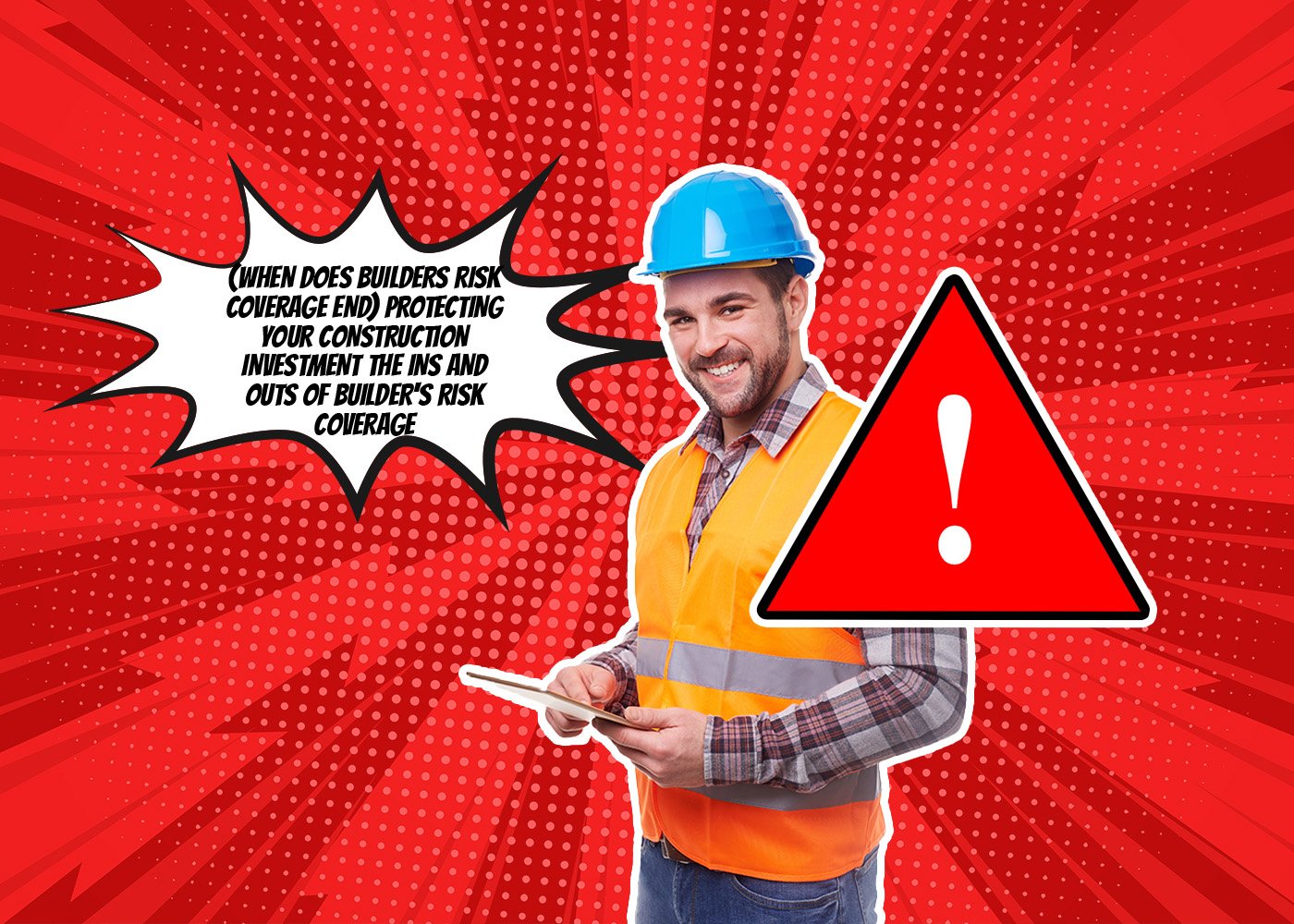If you’re a contractor or property owner, it’s common that you might ask, “when does a builder’s risk coverage end?” Builder’s Risk insurance is designed to protect the insured’s property from damage during construction investment and other forms of work-related activity; however, specific requirements must be met for this coverage to remain active and applicable. This blog post will provide an overview of a builder’s risk coverage, how long it typically lasts, and when it might end — essential knowledge for anyone involved in the building process!
Construction Investment: When Does Builder’s Risk Coverage End?
When does a builder’s risk coverage end? It actually depends on the terms of the Policy. A builder’s risk policy usually has a coverage period of a specified duration, usually a specified number of months or years. Coverage begins on a specific date (often the date construction begins) and ends on a particular date (often when construction investment is completed or the property is ready for occupancy).
It is important to note that the Coverage Period may be subject to certain conditions or limitations detailed in the Policy, such as achieving certain milestones or the occurrence of certain events. In addition, some policies may allow you to extend the coverage period by paying an additional premium. If you have a builder risk policy, it is essential to read the terms of the Policy to understand when your coverage ends and what conditions or limitations apply. If you have any questions or concerns about insurance coverage, please get in touch with your insurance agent or broker for clarification.

Sum Up
“When does builder’s risk coverage end?” is an essential question beneficial during a construction investment project of all sizes. As the project comes to completion, policyholders need to understand when the Builder’s Risk insurance coverage ends. In most cases, it will end at practical completion, defined by different carriers in different ways. A full understanding and explanation of all associated terms must be provided to the policyholder. Once such details are provided, businesses and lenders who have put their funds on the line can rest assured they will have adequate financial protection from unforeseen events like vandalism or fire throughout their entire involvement with a specific construction project.








